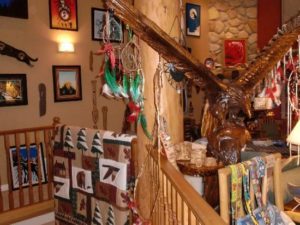We Combine Photos

In post processing we will certainly do the collage of photos and then create the final video timelapse. There are several free solutions that will allow the installation, as FFmpeg. For the rest, be patient!
Finally, here is a guide that summarizes some well-made ‘all the points made previously.
White balance
As mentioned, the white balance is a problem because the timelapse could involve more different lighting situations. Certainly not to be positioned in the car but in the manual: the sudden change of balance between two frames would create flicker akusewa.com.Are there any software that can automatically set the white balance to more poses: you could then take the RAW and “edit” the white balance at a later time. However, apart from the need to control the process (different balances depending on the time), it must consider the maximum burst: RAW files, as mentioned before, are heavy and will impact greatly on the speed of the timelapse.
The advice is, once again, to mediate: balanced manually on the white light that will account for most of the time on your photograph. For example, if you begin to shoot at dawn to teminare before dusk, it makes sense to balance white to a light filled. Not being able to balance it but “live” (the dawn) will need or do it by hand or use the sample photos taken in other days like this and time that we are interested.
Move the camera
It ‘s the next level at time lapse static: we can aggiunere a slow movement to the camera which goes to combine with the movement of our subject. There are many commercially automated movement for timelapse, at prices not too exaggerated. In most systems are composed of a track and a cart and a timer that moves the camera in sync with the time timelapse.
The most common solution is to use an ND filter to reduce the amount of light. This, however, will give us discomfort in the case of timelaspe which extend over different periods of the day. In practice it will be necessary to find the best situation, perhaps sacrificing some poses for overexposure and underexposure to other.
This curve shows the relationship finally spectral response with and without the filter of IRCUT D70. The gain in sensitivity is 5 to 656 nm, and 20 nm to 700 (very deep red).